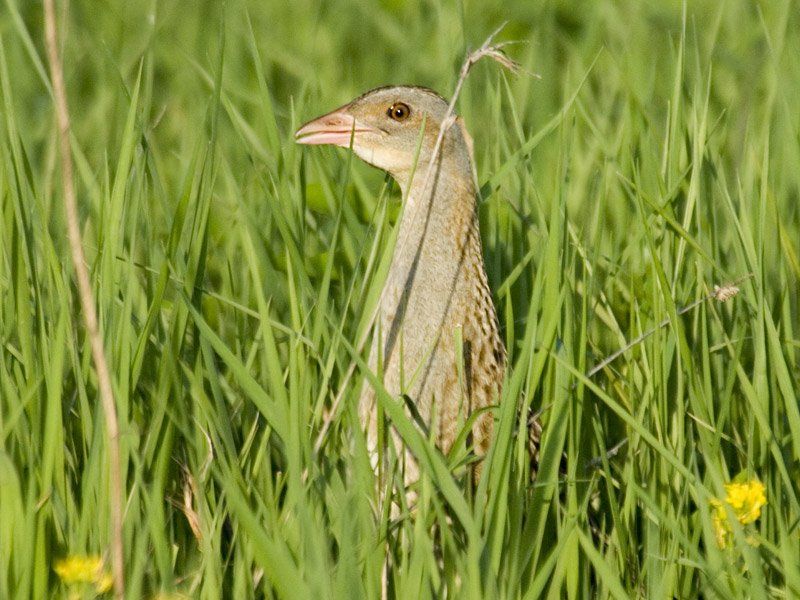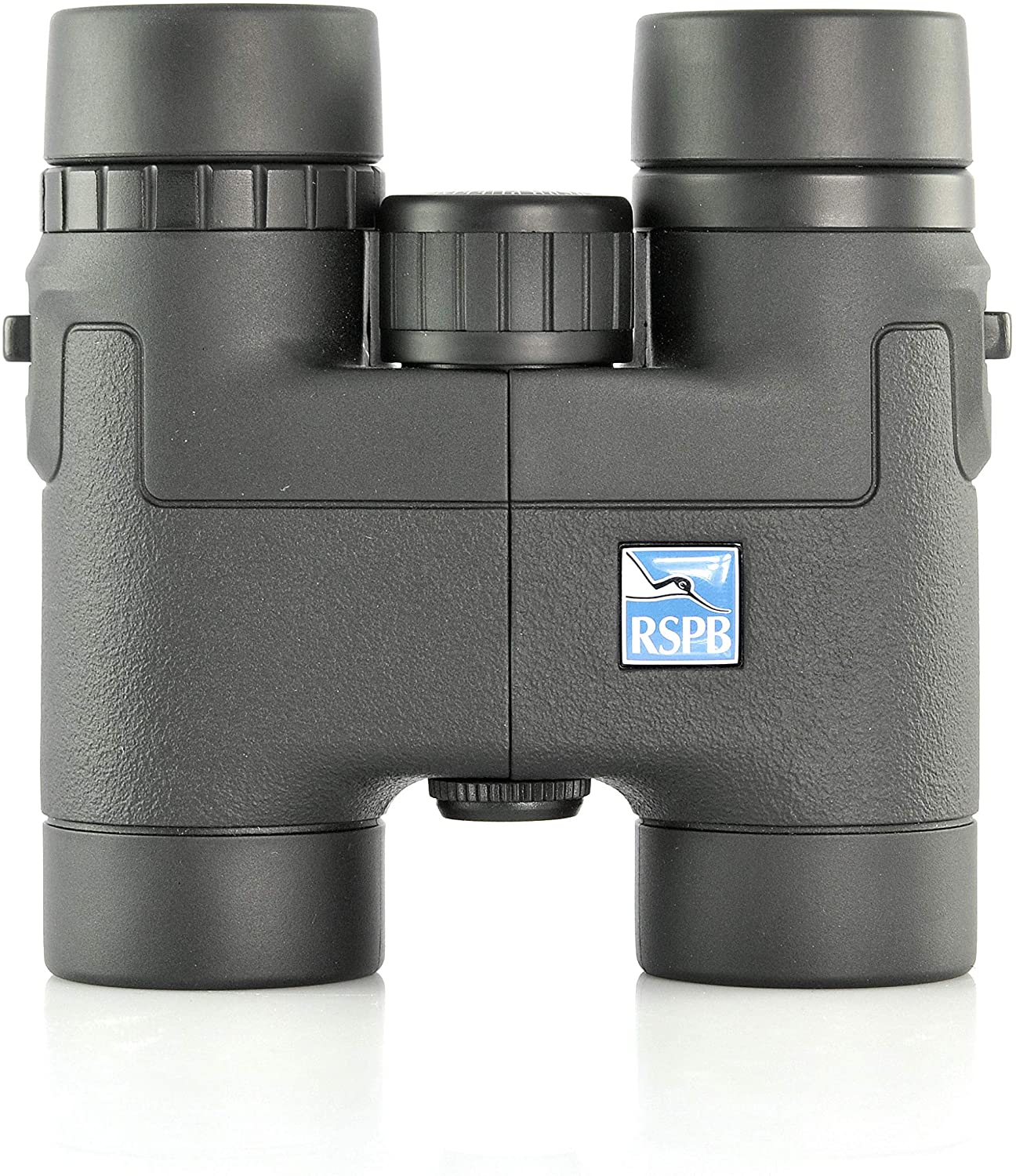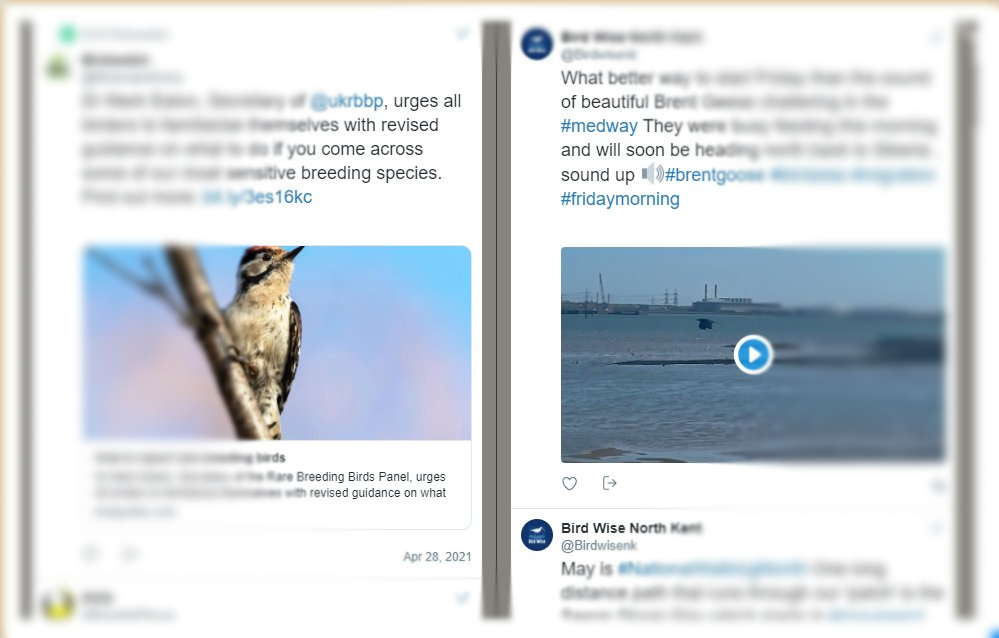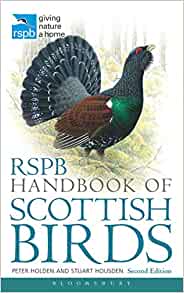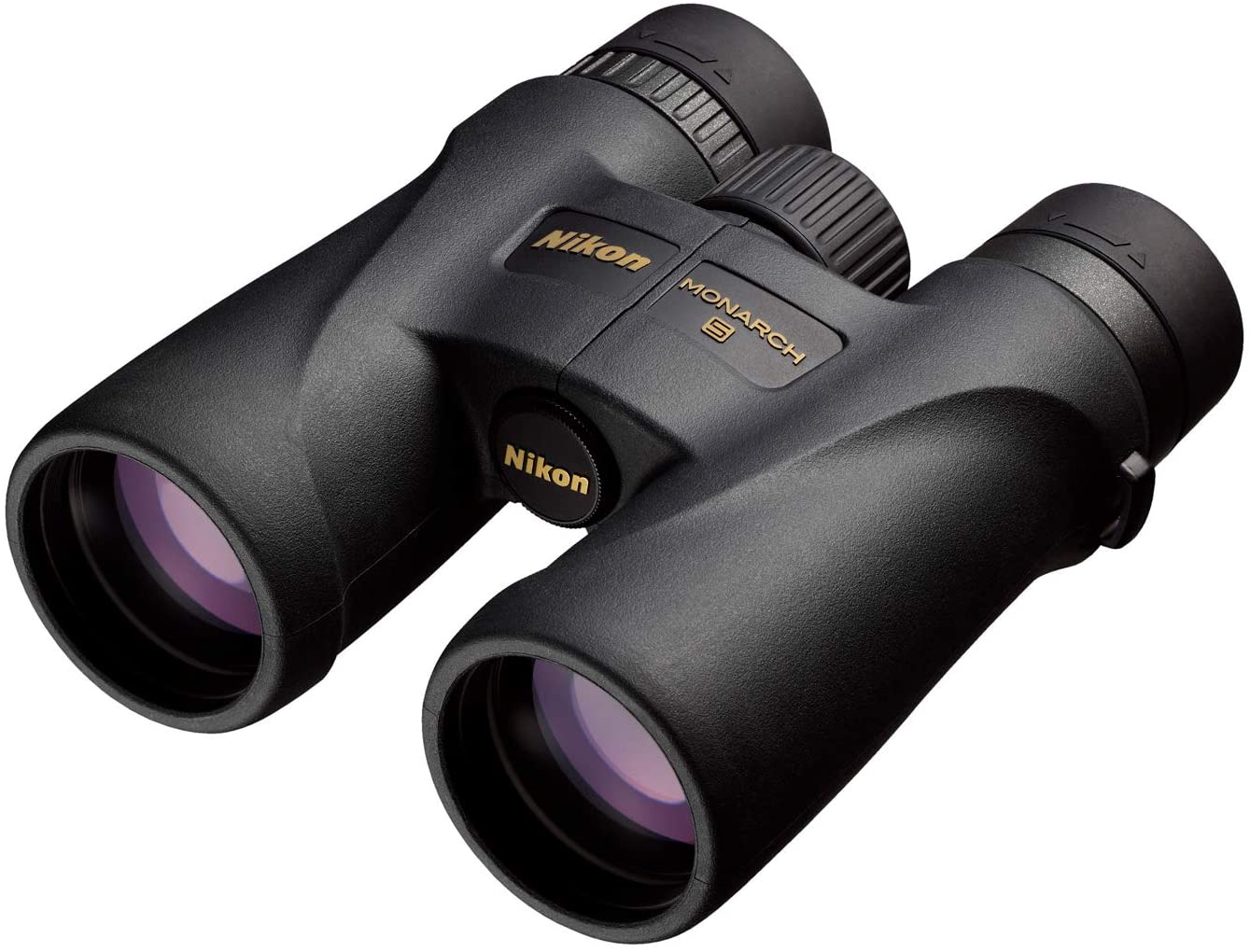Very few birdwatchers make the journey to Coll in the winter but it can be a very interesting time for birds. Good numbers of divers can be found with normally 50-80 Great Northern, 20-30 Red-throated, and occasional Black-throated in addition to a flock of 40-80 Long-tailed Ducks. As winter progresses the numbers of Great Northern Divers build up so that by late April there can be as many as 40 in Crossopol Bay alone. The best locations are without doubt Crossopol Bay and Feall Bay.
White-tailed Eagles are becoming a more frequent sight during the winter months when Hen Harrier, Buzzard, Peregrine, Merlin and Sparrowhawk should also be encountered.
In summer the hill lochs attract Red-throated Divers and Common Sandpipers whilst the adjacent land provides nest sites for Greylag Geese, Twite, Stonechats, Meadow Pipits and Cuckoos. There are several large gull colonies and near these nest Arctic and Great Skuas. Buzzards breed on the hill along with other birds of prey, all of which are strictly protected by law.
Around the coastline Rock Pipits are common and both Oystercatcher and Ringed Plover nest. There are also several small tern colonies and good numbers of Shags and Fulmars. Black Guillemots can be seen offshore in small numbers around the rocky coast. Ravens and Hooded Crows are a frequent sight.
Freshwater areas attract breeding Teal and Mallard with adjacent vegetation housing Sedge Warblers and Reed Buntings. In the dunes Skylarks and Wheatears are aplenty and Shelducks nest in rabbit burrows.
The meadows and pastures are particularly important as they provide nest-sites for the island’s healthy Corncrake (inset picture) population. The RSPB has worked with the island’s farmers to conserve this rare species with great success. In twelve years the population has risen from 16 to 134 calling males. This has been achieved by a combination of measures. The first is the provision of sufficient early-cover for first broods, by providing fenced off ‘Corncrake corners’ planted with cow parsley and nettles that grow quickly early in the season. Later in the summer Corncrakes move into the hay-meadows so the second measure is to cut the hayfields late and in a ‘Corncrake-friendly’ manner – from the middle of the field outwards to avoid accidental mowing of chicks. Breeding Corncrakes are also found in the pastures. Here the removal of stock for the summer months means that the iris beds are allowed to flourish, providing good early-cover, with birds then moving into the species-rich grassland once the vegetation grows sufficiently tall.
A YEAR IN BIRDS by SIMON WELLOCK (RSPB WARDEN)
Main picture. Coll photographed by Alexey Komarov
We highly recommend the publications below to compliment your visit to this Region.
Back to Western Isles Birdwatching sites

